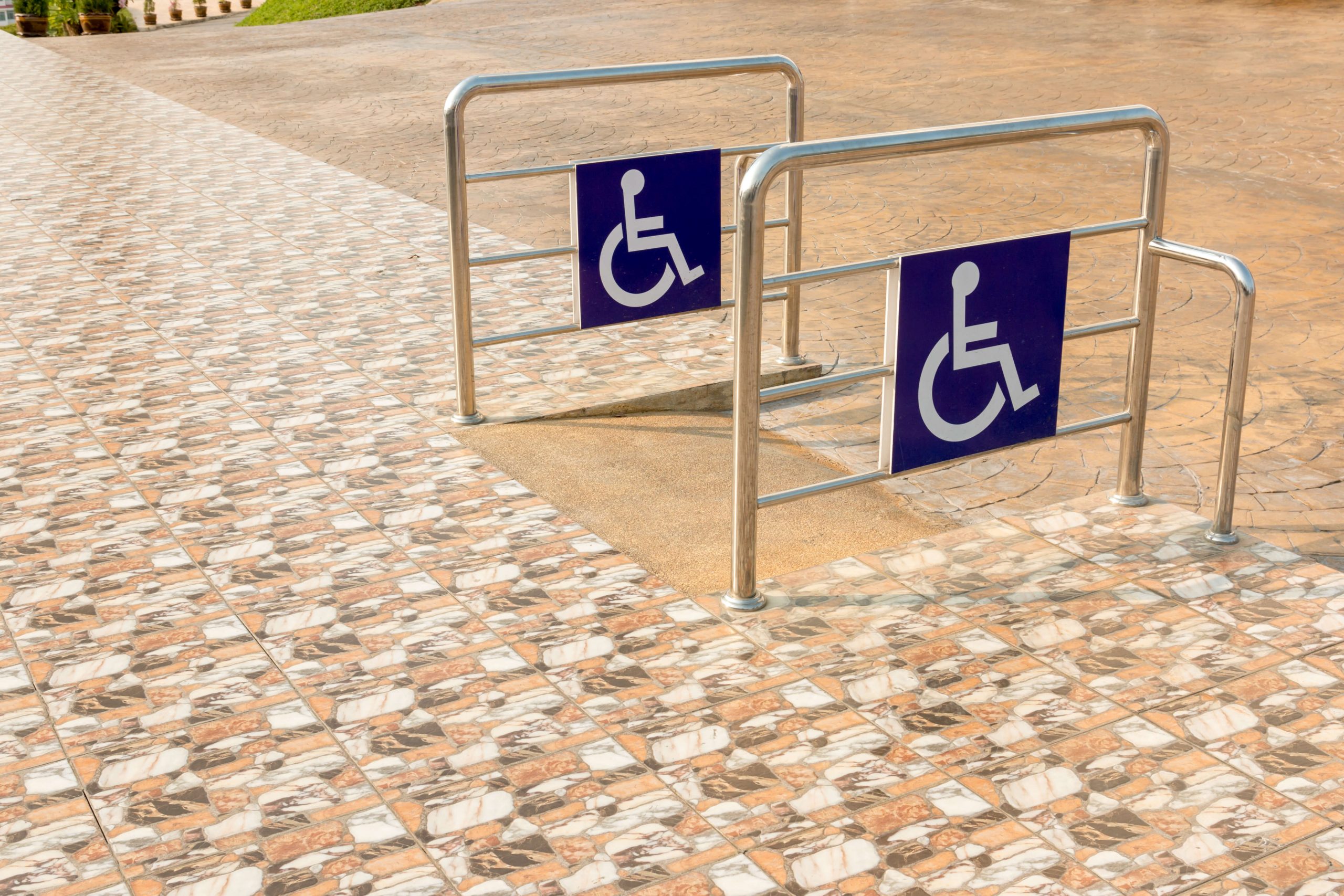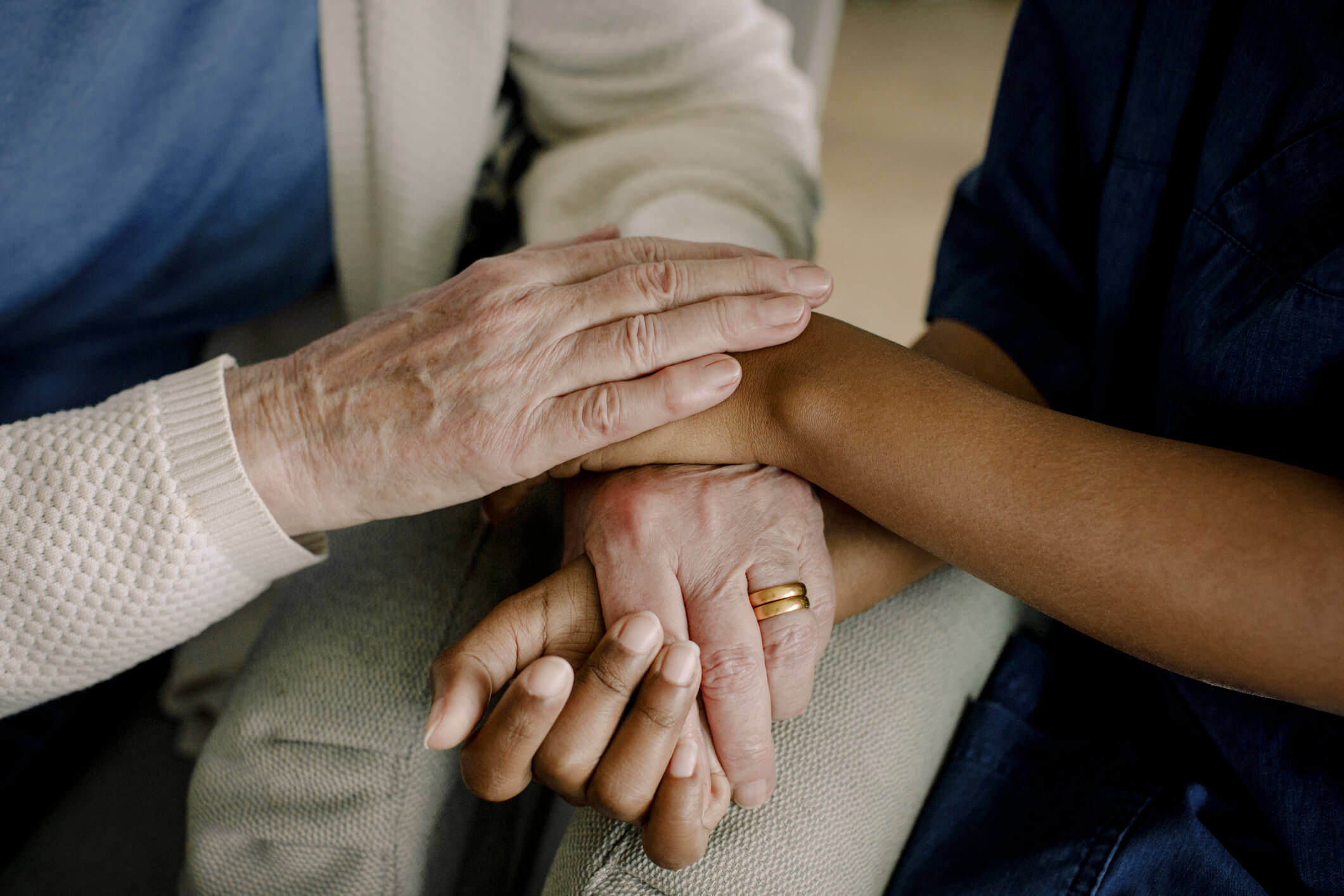On January 12, 2024, the U.S. Department of Justice (DOJ) published a notice of proposed rulemaking (NPRM) under Title II of the Americans with Disabilities Act (ADA) that would require accessible medical diagnostic equipment (MDE) and other accessibility-related practices for persons with disabilities in the healthcare industry.
Quick Hits
- The DOJ issued an NPRM that would require accessible medical diagnostic equipment for persons with disabilities and other accessibility-related practices in the healthcare industry.
- The DOJ’s proposed rule is paired with an NPRM issued by the U.S. Department of Health and Human Services that would be applicable to all recipients of federal financial assistance.
- Comments on the DOJ NPRM are due no later than February 12, 2024.
On January 9, 2024, the DOJ explained in a press release that the proposed regulation addresses the perceived failure of healthcare entities to provide accessible diagnostic and preventive medical care to individuals with disabilities.
Broad Impact of Proposed Regulation
The proposed regulation, if adopted, would have potentially broad and far-reaching implications for healthcare providers. First, while the proposed regulation is ostensibly directed at state and local governments covered by Title II of the ADA, one can expect its provisions to apply very soon to the entire healthcare industry. Second, the proposed regulation goes beyond the design requirements for MDE in two important ways. It would require staff to be trained on how to work with patients with disabilities, including their safe transfer between their wheelchairs or other devices and the healthcare provider’s medical equipment and furniture. Also, the DOJ made clear its intention that the regulation extend to reach medical equipment and furniture that are not diagnostic in nature, theoretically covering the entirety of a medical office’s or hospital’s operations. For these reasons, and others addressed below, healthcare employers that have concerns regarding the NPRM may want to provide feedback to the DOJ. The comment period closes on February 12, 2024.
Medical Diagnostic Equipment
The proposed regulation applies primarily to medical equipment used for diagnostic purposes, although the DOJ indicated that it would broaden the rule’s application to non-MDE used in the healthcare industry. The proposed regulation defines “medical diagnostic equipment” as “equipment used in, or in conjunction with, medical settings by health care providers for diagnostic purposes.” This definition encompasses the non-exhaustive list of MDE found in 29 U.S.C. § 794f, which includes examination tables and chairs, weight scales, and radiological diagnostic equipment such as mammography equipment and x-ray machines.
Requirements of the Proposed Regulation
The proposed regulation has four operative sections, which, if promulgated, would have broad impacts on those in the healthcare industry in the following ways:
- Codifying existing design standards proposed by the Access Board. The proposed regulation would codify the design standards for accessible MDE adopted in 2017 by the Access Board as the standards applicable to covered entities. These standards cover only the architectural or design features of MDE, which includes any medical equipment used for diagnostic purposes, including scales, treatment or examination tables and chairs, and x-ray and other internal scanning equipment.
- Purchasing/leasing medical diagnostic equipment. Starting within sixty days of the new regulation’s finalization, all newly purchased MDE would need to meet the detailed design standards that make them accessible to persons with disabilities until 10 percent (or at least one unit) of the applicable MDE met the design standards. Facilities that offer specialized treatment for people with mobility disabilities would need to reach the 20 percent threshold (or at least one unit). Facilities with multiple departments would need to disperse the equipment across departments such that each department may require at least one, or 10 percent, of its MDE to meet the new design standards. If used in the practice, at least one accessible examination table and one weight scale would be required at all covered facilities within two years of the promulgation of the regulation.
- Accommodating disabled patients with existing, inaccessible MDE. It would remain the case that, until they have the required accessible MDE in place, medical facilities will have to make reasonable modifications and other adjustments to treat their patients with disabilities even if their MDE is inaccessible. Healthcare employers may want to explore seeing disabled patients in alternative locations within the facility or home visits, and other alternatives. A medical facility would not be permitted to reject services to a patient, or refer the patient elsewhere, because of the lack of accessible MDE.
- Training staff. If the rule is finalized as proposed, healthcare employers may want to train staff to ensure that they are qualified to operate accessible MDE and assist with the safe transfer of persons with disabilities between their wheelchairs and other devices and facility MDE. In addition to training, this may require the purchase or lease of transfer boards, Hoyer lifts, or other assistive equipment for safe transfer.
Extension to All Recipients of Federal Financial Assistance
Even though this NPRM is purportedly limited to ADA Title II entities (i.e., state and local governments), it is paired with a similar U.S. Department of Health and Human Services (HHS) NPRM issued under Section 504 of the Rehabilitation Act of 1973 that would be applicable to all recipients of federal financial assistance. As the majority of healthcare providers and entities receive federal financial assistance, the HHS NPRM is of utmost importance to the entire healthcare community. The comment period for the HHS NPRM closed in November 2023, and HHS has not issued a final regulation. The DOJ is expressly coordinating its NPRM with the HHS version promulgated under section 504 of the Rehabilitation Act of 1973. The DOJ is taking this approach because Title II of the ADA is modeled on Section 504, and the two sections are generally understood to impose similar requirements (thereby covering both governmental agency healthcare providers and those nongovernmental or private providers otherwise falling under the scope of section 504).
Comment Period for Public
The public has only until February 12, 2024, to submit comments on the proposed regulation. The DOJ seeks comments on a broad range of issues including whether particular types of nondiagnostic medical equipment should be covered; the scoping (i.e., amount of accessible MDE) is appropriate; whether training programs used by public entities in the past to ensure that their staff is qualified have been effective, and the costs associated with such programs; “whether there is a price differential for MDE lease agreements for accessible equipment”; and whether there are potential federalism implications of the NPRM.
Key Takeaways
- Consider commenting. This NPRM, along with the HHS NPRM, has broad cost and process implications for the healthcare industry. Only effective and organized comments present an opportunity to limit the burdens of the proposed regulation.
- All public accommodation entities (whether or not a governmental agency) may want to consider their internal policies and procedures as they relate to accommodating patients with disabilities, including specifically training requirements for safe and effective transfer and for otherwise accommodating disabled patients challenged by a lack of access to MDE and other equipment used in the practice.
- The NPRM would provide only limited exceptions to the lawfulness of referrals or refusals because a provider’s equipment or office was not accessible to persons with disabilities. Therefore, providers may want to make every effort to accommodate disabled patients in their offices or facilities.
- All public accommodation entities (whether or not a governmental agency) may want to inspect their equipment to determine whether their MDE complies with the proposed regulations. If not, entities may want to determine the feasibility and potential timeframe for compliance, while also making alternate arrangements to temporarily provide program access.
- Healthcare providers would be prohibited from limiting access, aids, benefits, or services to individuals with disabilities by using biases or stereotypes to assign their lives lesser value as compared to the life of a person without a disability, and the expansion of these concepts to valuation assessment methods for determining the value of medical care demonstrates the broad scope of the prohibition.
- All public accommodation entities may want to conduct periodic reviews of their policies to ensure that they are compliant with current regulations.
Ogletree Deakins’ Disability Access Practice Group and Healthcare Industry Group will continue to monitor developments regarding this NPRM and will provide updates on the Disability Access and Healthcare blogs as additional information becomes available.
Follow and Subscribe








